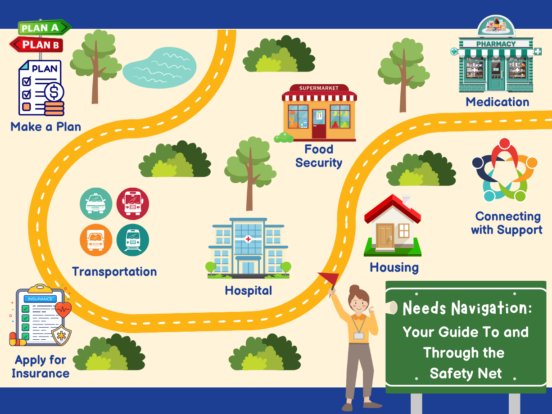

Money-Saving Tips With Health Insurance
By staying in-network, taking advantage of free services and using proffered discounts, you plan probably has benefits you have never used but will save you money.
By Caitlin Donovan
With open enrollment just a few weeks away, we’re talking a lot about how the biggest way to save money on your health care expenses is by being on the right plan for your needs. And that’s true! But there are other ways you can use your plan to save money right now, all by taking advantage of benefits you’re probably not using.
- Stay in-network. The biggest source of large bills we see comes from out-of-network provider. Now, balance bills from emergency rooms should disappear on January 1, 2022, but that doesn’t mean that you won’t ever see an out-of-network provider again. Since out-of-network providers are not in your insurance plan, you’ll be responsible for the bulk of their charges. Luckily, federal law will dictate that these providers give you proper notice of their status and an estimate of your charges — but it’s still best to stay in-network.
- Take advantage of preventative services. Wellness visits, screenings and other preventative services should be little to no cost within your plan. Not only does this mean you can catch something early, but these visits also allow you to keep up your relationship with your primary care provider.
- Look for other plan benefits. Many private plans and even Medicare Advantage plans offer benefits like gym memberships, nutritional counseling and assistance, and even transportation to appointments. These benefits are part of your plan and you should absolutely use them to minimize your expenses and encourage better outcomes – especially if you’re already paying for them out-of-pocket!
- Check that Explanation of Benefits. Every time — yes every time — you get a medical bill, wait for your explanation of benefits, or EOB, before you pay. One of the biggest sources of billing errors case managers see at the Patient Advocate Foundation come from providers billing patients directly rather than submitting the bill their insurer first. Your insurer will send an EOB once they’ve received a bill. Once you’ve received it, compare the amount your EOB says you owe to what your provider has billed. If the amounts aren’t the same, it’s time to call your provider and ask questions.
- Use your appeals. Insurers will turn down medical claims all the time, but you shouldn’t take no for an answer. You are legally entitled to multiple appeals. If you need help, Patient Advocate Foundation has a training series and other educational resources to help you with the process.


